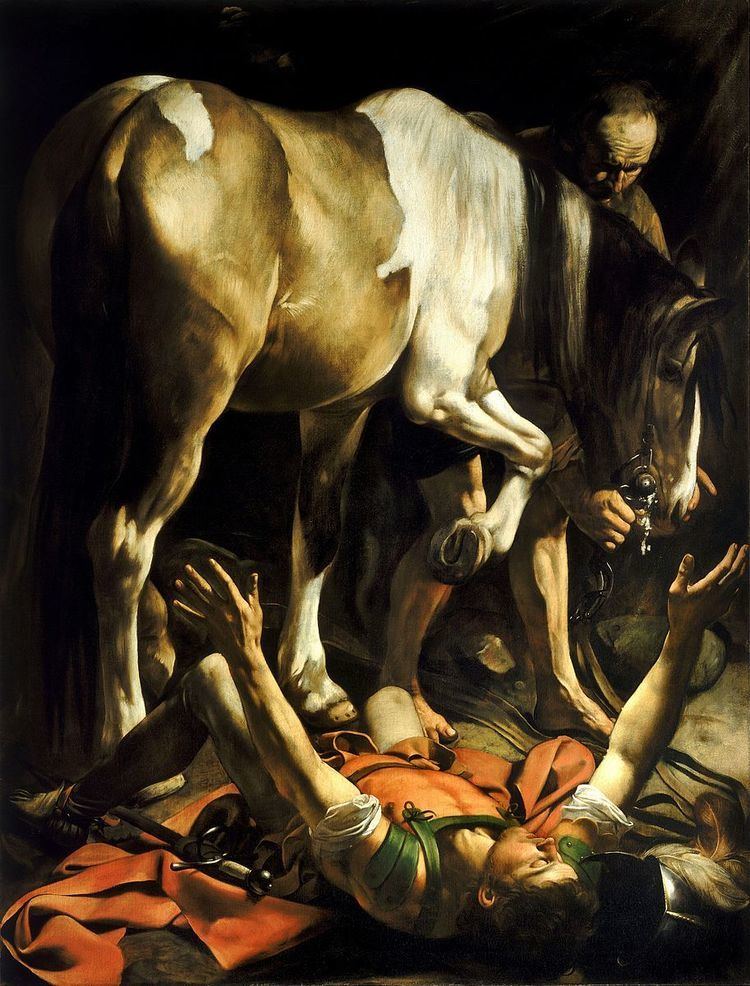 | ||
The Pauline epistles, Epistles of Paul, or Letters of Paul, are the 13 New Testament books which have the name Paul (Παῦλος) as the first word, hence claiming authorship by Paul the Apostle. Among these letters are some of the earliest extant Christian documents. They provide an insight into the beliefs and controversies of early Christianity and as part of the canon of the New Testament they are foundational texts for both Christian theology and ethics. The Epistle to the Hebrews, although it does not bear his name, was traditionally considered Pauline for a thousand years, but from the 16th century onwards opinion steadily moved against Pauline authorship and few scholars now ascribe it to Paul, mostly because it does not read like any of his other epistles in style and content. Most scholars agree that Paul really wrote seven of the Pauline epistles, but that four of the epistles in Paul's name are pseudepigraphic; scholars are divided on the authenticity of two of the epistles.
Contents
The Pauline epistles are usually placed between the Acts of the Apostles and the general epistles in modern editions. Most Greek manuscripts, however, place the General epistles first, and a few minuscules (175, 325, 336, and 1424) place the Pauline epistles at the end of the New Testament.
Order
In the order they appear in the New Testament, the Pauline epistles are:
This ordering is remarkably consistent in the manuscript tradition, with very few deviations. The evident principle of organization is descending length of the Greek text, but keeping the four Pastoral epistles addressed to individuals in a separate final section. The only anomaly is that Galatians precedes the slightly longer Ephesians.
In modern editions, the formally anonymous Epistle to the Hebrews is placed at the end of Paul's letters and before the General epistles. This practice was popularized through the 4th century Vulgate by Jerome, who was aware of ancient doubts about its authorship, and is also followed in most medieval Byzantine manuscripts. With hardly any exceptions, though, the manuscripts do include Hebrews somewhere among Paul's letters.
The placement of Hebrews among the Pauline epistles is less consistent in the manuscripts:
Authenticity
In all of these epistles besides Epistle to the Hebrews, Paul does claim to be the author and writer. However, the contested letters may have been forgeries, as that seems to have been a problem among the early church as a whole.
Seven letters (with consensus dates) considered genuine by most scholars:
The letters on which scholars are about evenly divided:
The letters thought to be pseudepigraphic by about 80% of scholars:
Finally, Epistle to the Hebrews, though anonymous and not really in the form of a letter, has long been included among Paul's collected letters, but most scholars regard it as not written by Paul.
Lost Pauline epistles
Paul's own writings are often thought to indicate several of his letters that have not been preserved:
